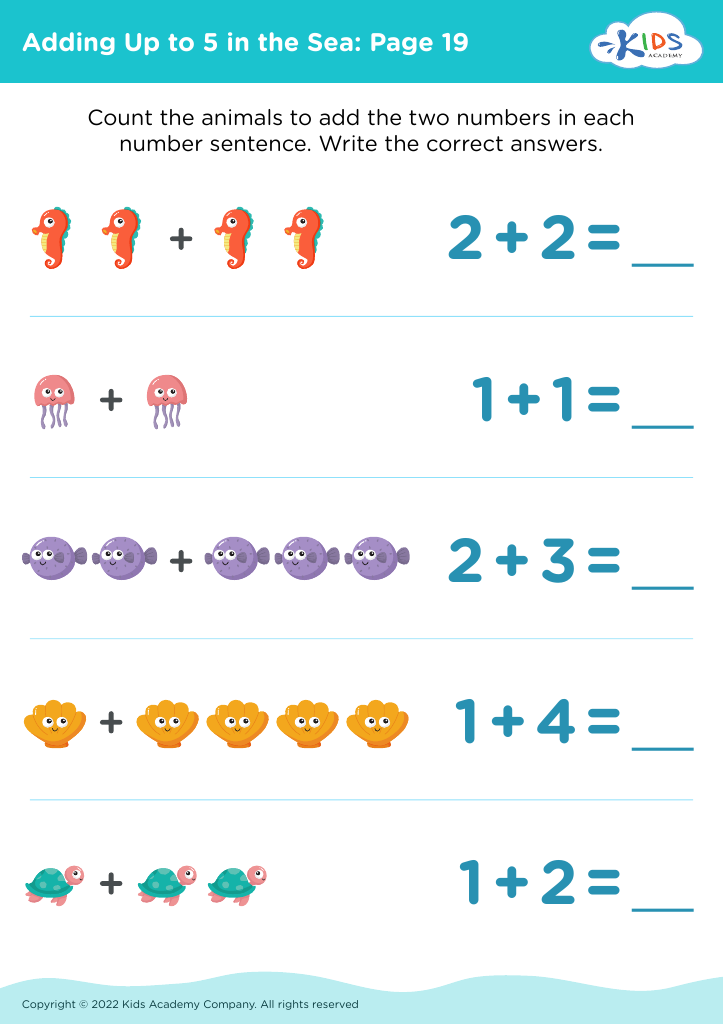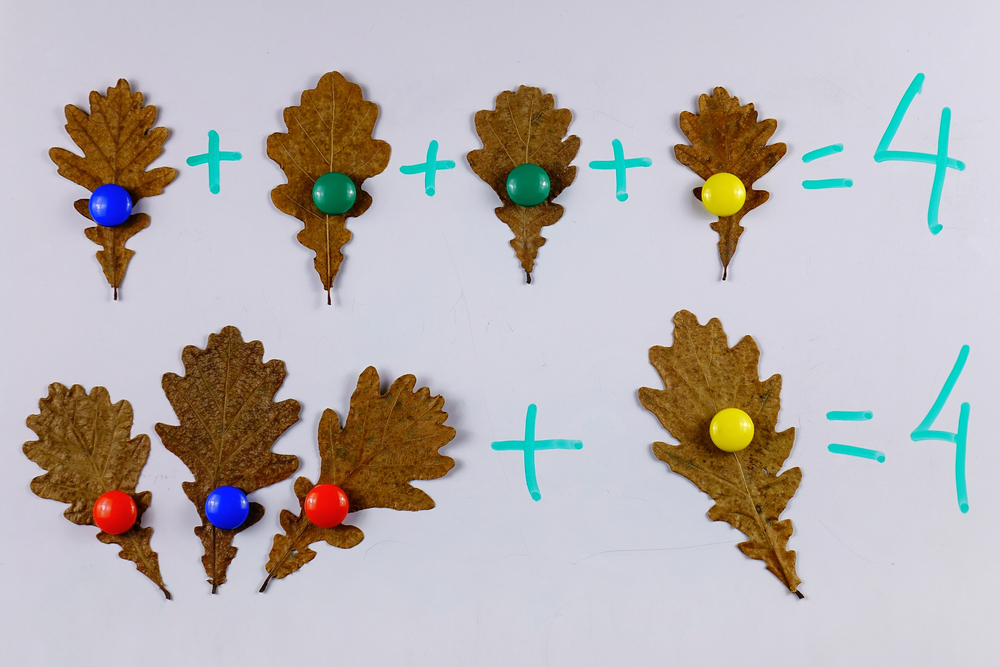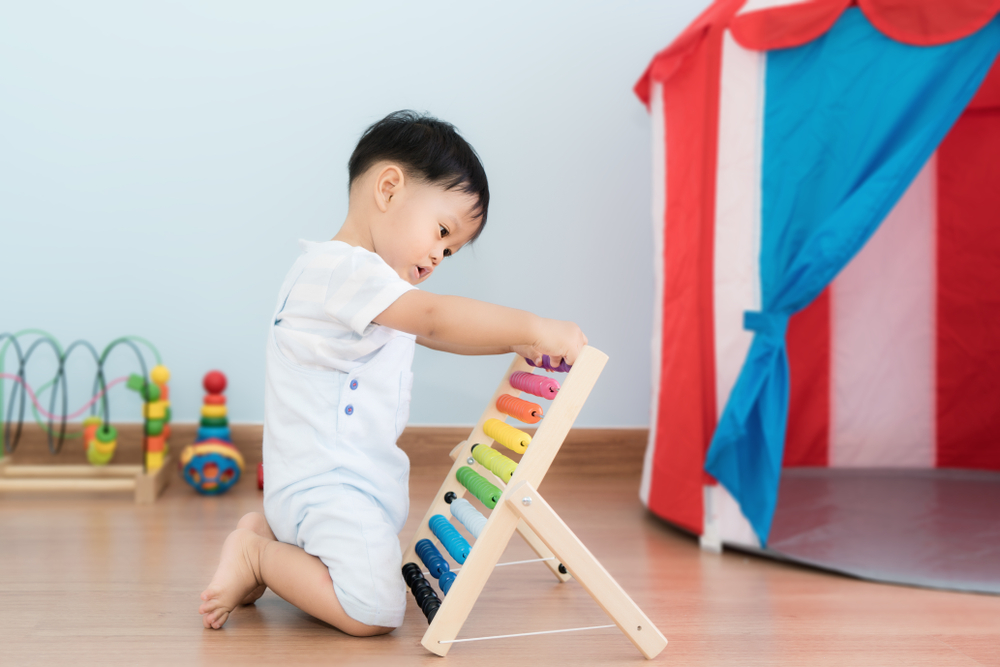Understanding Sequences Math Worksheets for Ages 3-5
8 filtered results
-
From - To
Unlock your child's mathematical potential with our "Understanding Sequences Math Worksheets for Ages 3-5". These engaging, easy-to-follow worksheets are designed to introduce young learners to the concept of sequences through fun activities that promote logical thinking, pattern recognition, and early problem-solving skills. Perfect for preschool and kindergarten-aged children, each worksheet offers vibrant illustrations and interactive tasks tailored to captivate their imagination and build a strong foundation in math. Whether for classroom enrichment or at-home practice, our worksheets ensure learning sequences is an enjoyable and rewarding experience. Start your child's educational journey today!
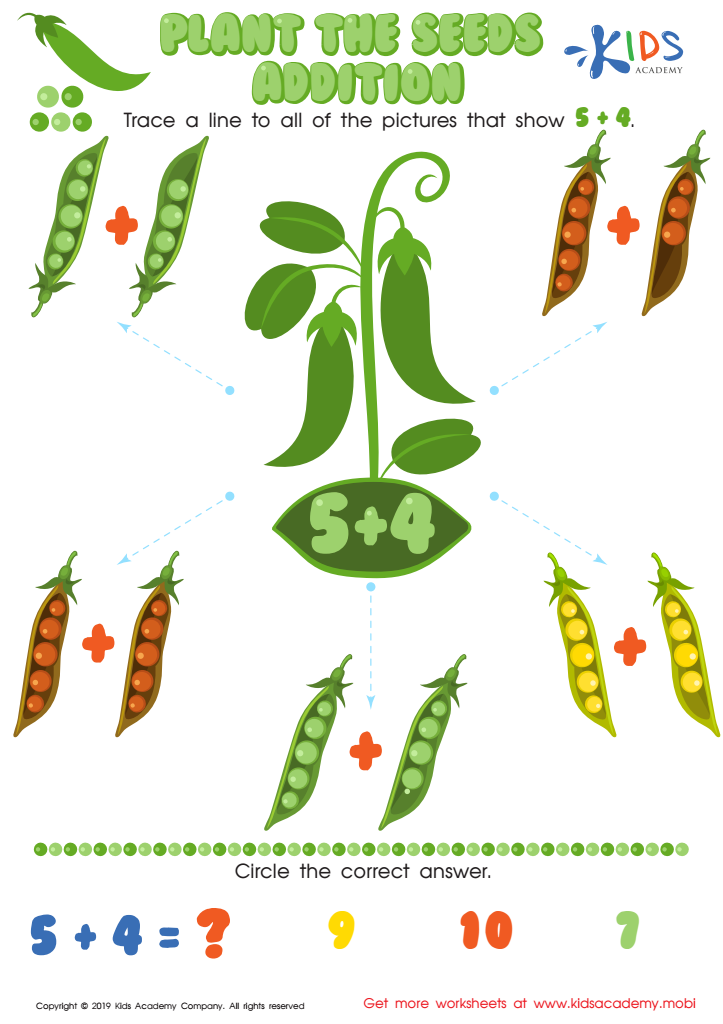

Plant the Seeds Addition Worksheet
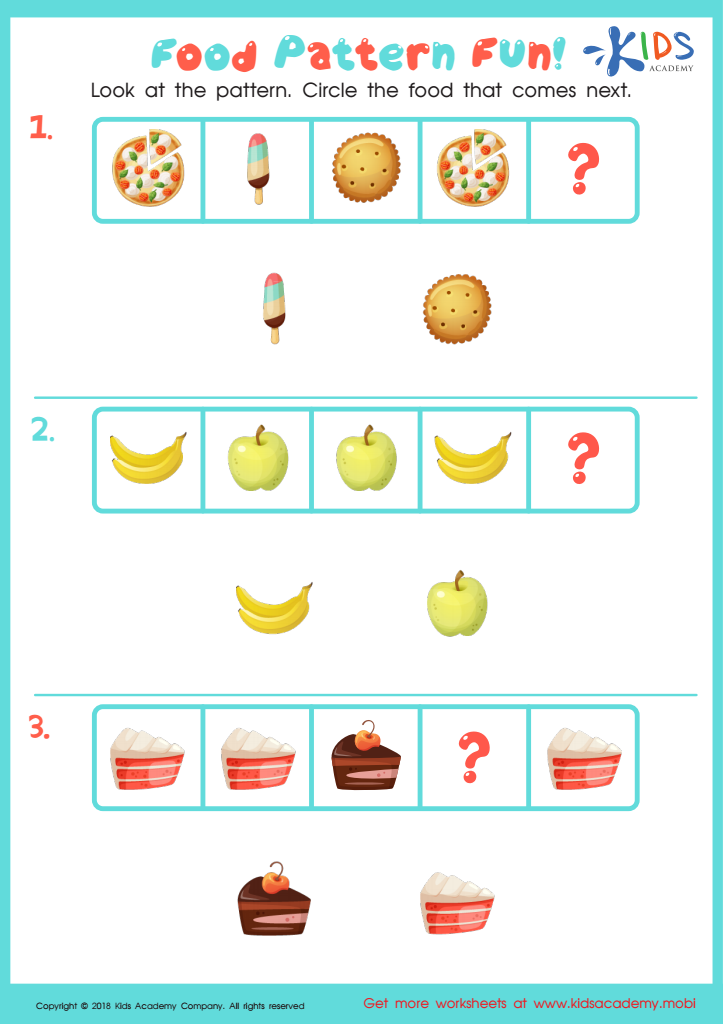

Food Pattern Fun Worksheet
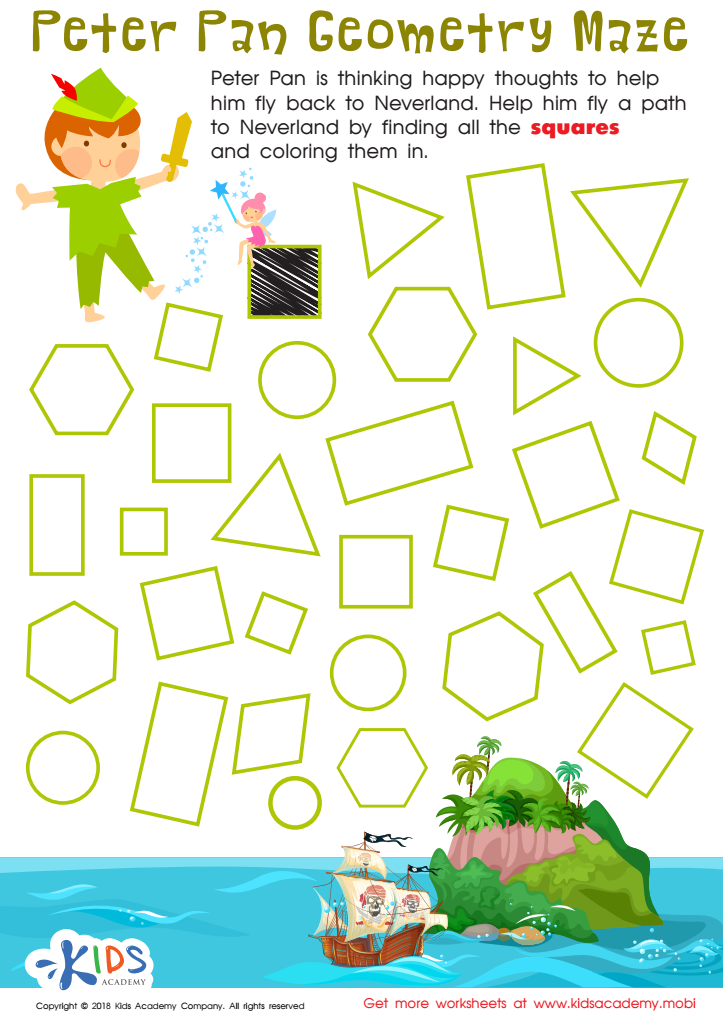

Peter Pan Worksheet
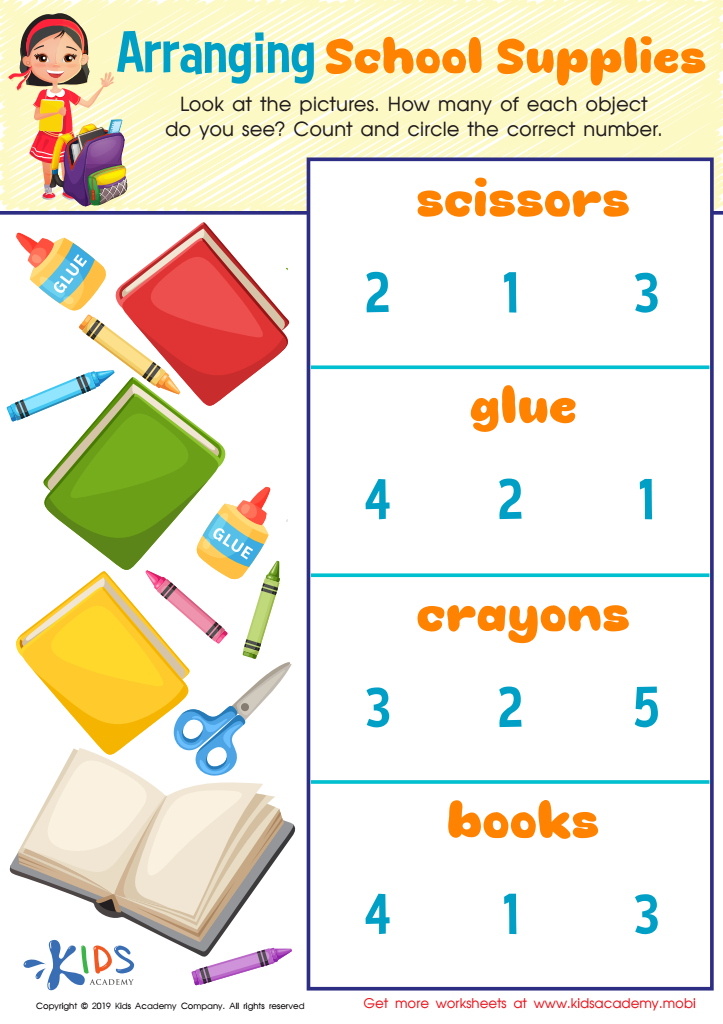

Arranging School Supplies Worksheet
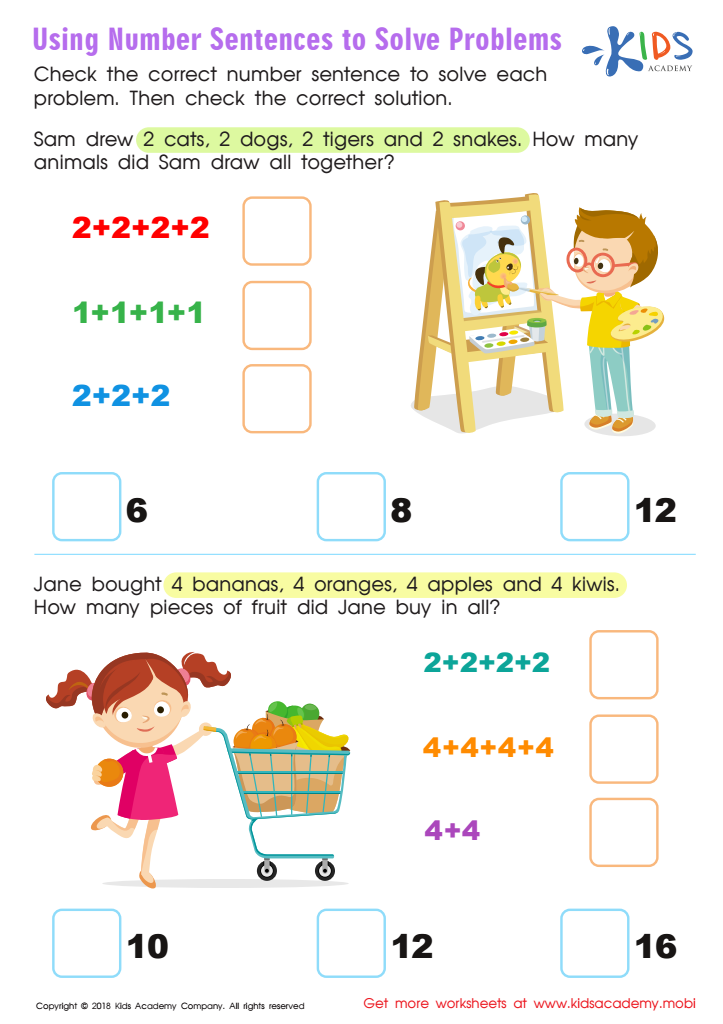

Using Number Sentences to Solve Problems Worksheet
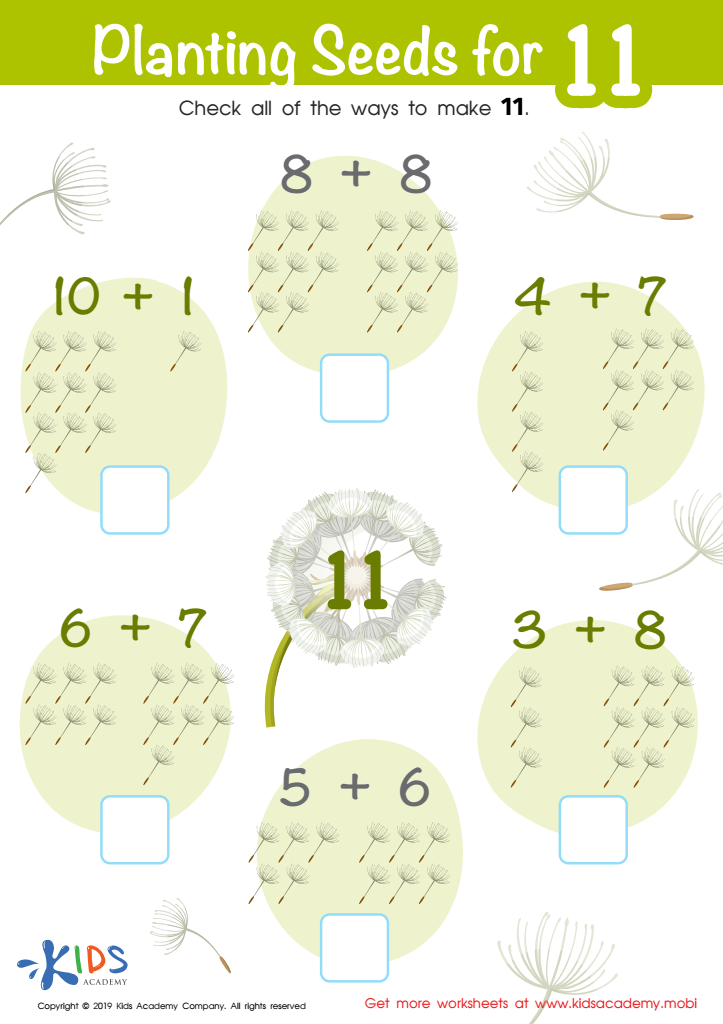

Planting Seeds for 11 Worksheet
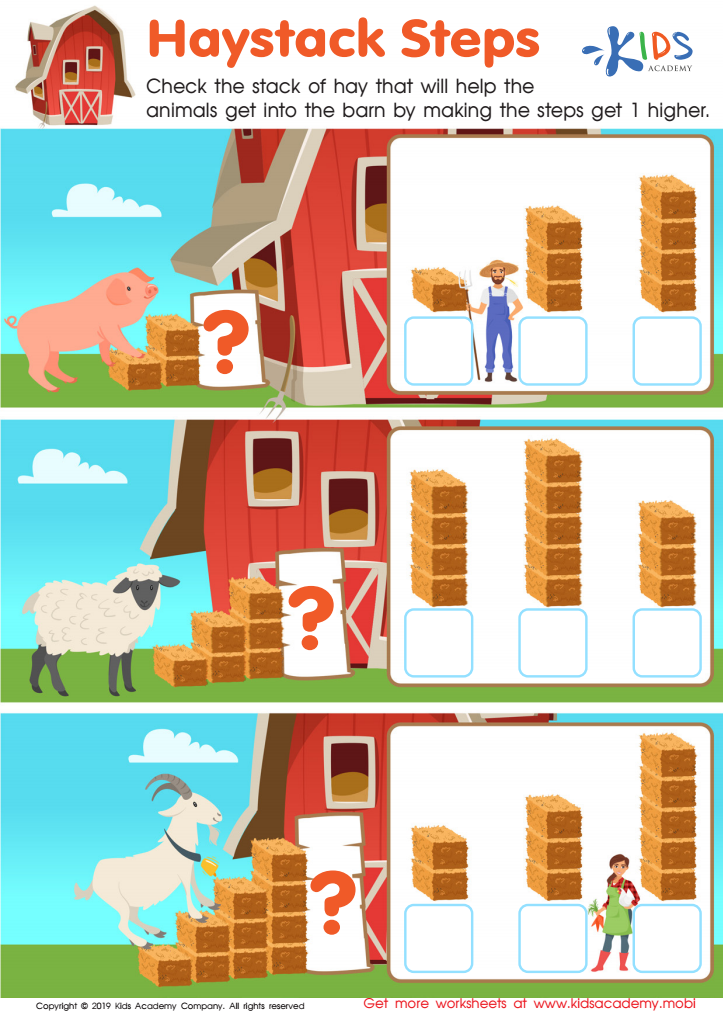

Haystack Steps Worksheet
Understanding sequences in math for ages 3-5 is crucial as it forms a foundational skill that underpins a range of cognitive and academic abilities. Firstly, sequences help develop pattern recognition, a critical skill that supports mathematical thinking, problem-solving, and logic. By recognizing and predicting patterns, young children build the basics of more complex concepts like addition, subtraction, and eventually algebra.
Furthermore, understanding sequences enhances early literacy skills. Story sequences or understanding order in events helps children grasp sentence structure, narrative comprehension, and logical flow, thereby improving reading and communication skills.
Additionally, recognizing and creating sequences bolster memory and attention. Activities like arranging objects according to color, size, or number can improve focus and concentration, essential skills for all areas of learning.
On a broader scale, grasping sequences aids daily life skills. Being able to follow steps in routines, understand the order of days, and recognize seasonal patterns enables better organization and time management.
In essence, parents and teachers fostering an understanding of sequences offer young learners tools for academic success and practical life skills, ensuring their overall cognitive development is robust and comprehensive. Emphasizing these skills from an early age aligns with a child’s natural learning trajectory, setting them up for lifelong learning and critical thinking.
 Assign to My Students
Assign to My Students
